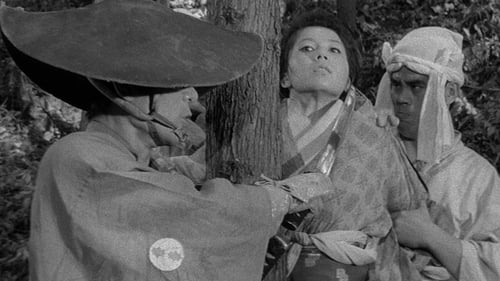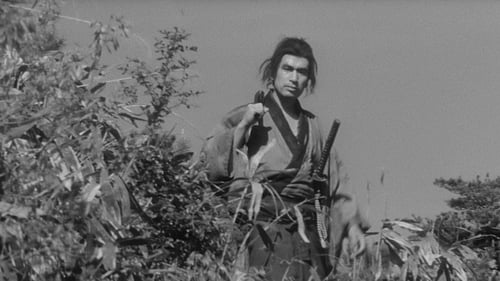
Screenplay
A ferry captain named Sugisaki (Takahashi Hideki) and his first officer, Kojima (Funakoshi Eiichiro), participate in a photoshoot conducted by camerawoman Yamaka Shiori (Ohama Tomoko) of the ferry. The ferry reaches Miyazaki and Sugisaki and Kojima go to the hotel where a showing of Yamakawa's photos is being held. Yoshizawa (Nakajima Hisayuki), a magazine editor, is waiting for Yamakawa at the hotel.

Writer
The organization Mighty Jack is formed to combat the criminal syndicate known as "Q", and are given a large array of advanced weapons, chief among them being a high-tech submarine. Harold Hatari is abducted by Q, and Mighty Jack is dispatched to rescue him. Hatari is interrogated and threatened with blinding lights, but the Mighty Jack crew rescue him in the nick of time. Later, Q is discovered to be using "hot ice" (water that remains solid at room temperature) to create weapons and a secret ocean base disguised as an iceberg (though it's not precisely clear how hot ice could be a major world threat). Q then attempts to take over the Mighty Jack sub.

Writer
Sword of the Beast, del legendario cineasta de esgrima Hideo Gosha, relata la huida del espadachín de bajo nivel Gennosuke, que mata a uno de sus ministros como parte de un plan de reforma. Sus antiguos camaradas luego se vuelven contra él, y esta traición sacude tanto su sentido del honor que decide vivir en la naturaleza, como un animal. Allí se une a un grupo variopinto que extrae ilegalmente el oro del shogun y, con la ayuda de otro espadachín, tiene la oportunidad no solo de sobrevivir, sino también de recuperar su nombre y honor.

Writer
Una banda de campesinos secuestra a la hija del magistrado de la aldea, con la esperanza de poder chantajearlo. Se encierran en un molino reclamando mejores condiciones para la vida de los campesinos y obtener una reducción de impuestos. Sakon Shiba, un samurai vagabundo, se gana su confianza y los ayuda en su misión. Pronto se alían con él Sakura y Kikyo, dos otros samurais. Empieza una lucha encarnizada en la que tendrán que hacer frente a todos los enviados del magistrado.

Screenplay
Master swordsman, Tsukue Ryunosuke is confronted by the families of his victims. Will justice be served for the lost innocent lives? The conclusion of the famed Jidaigeki series is an amazing film, with a completely different perspective on the story from the later versions. While the international audience is more familiar with the “Sword of Doom” and “Satan’s Sword” versions of Daibosatsu Toge (The Great Bodhisattva Pass), the “Souls in the Moonlight” trilogy casts an entirely different light on Ryunosuke and his motives. Can this brutal killer be brought to justice, or is living his life as a blind wanderer a more terrible fate? His sword skills have not diminished, nor has his desire to kill!

Screenplay
This is the second installment of the trilogy based on Japan’s greatest novel “The Great Bodhisattva Pass”, following the life and times of bloodthirsty samurai, Tsukue Ryunosuke. Blinded in an explosion and further injured from a fall, the master swordsman is taken in by Otoyo, a woman who falls in love with him. Under Otoyo’s dedicated care, Ryunosuke’s physical and emotional wounds seem to heal. However, deep inside, the demons that drive him to kill yearn to resurface. Meanwhile he is being pursued by Utsugi Hyoma, a young samurai seeking to avenge his brother’s death at Tsukue’s hands. Hyoma is being aided along the way by the clever thief Shichibei.

Screenplay
First part of the famous Dai-bosatsu toge trilogy, based on Kaizan Nakazato’s unfinished long series of novels (41 books, written from 1913 to 1941). Set in the last period of the Tokugawa Shogunate, Daibosatsu Toge tells the story of Tsuke Ryunosuke, a nihilistic swordmaster who doesnt hesitate to kill anyone, bad or good. Despite the authors explicit refusal, the series were later made into plays and movies several times.






